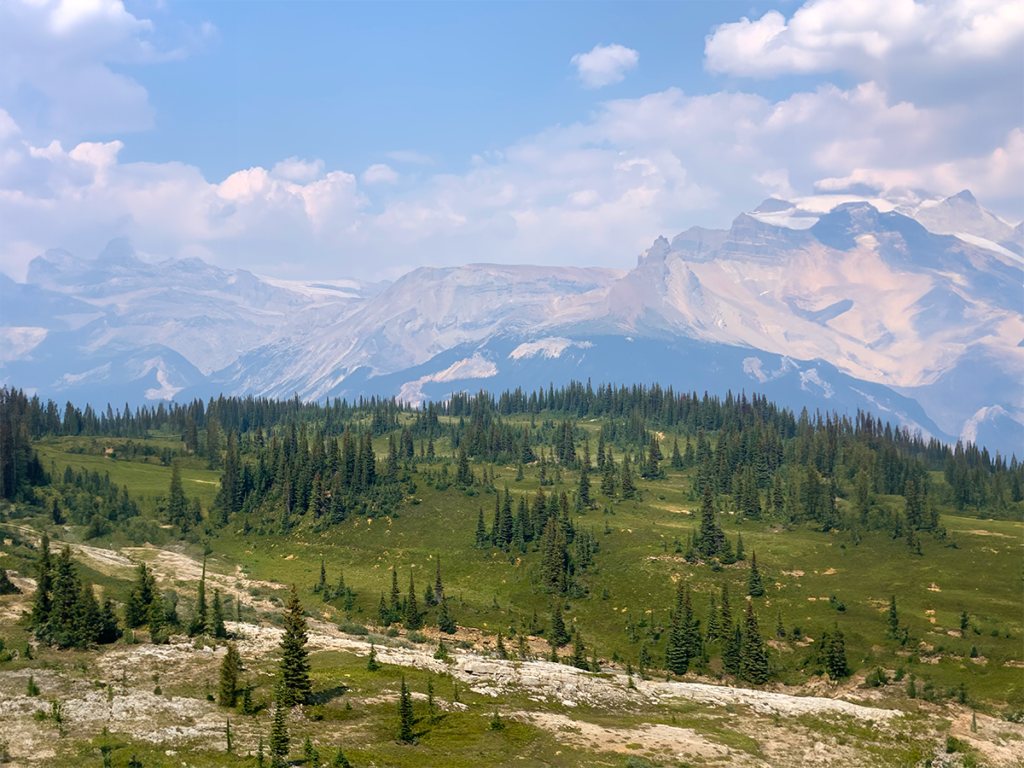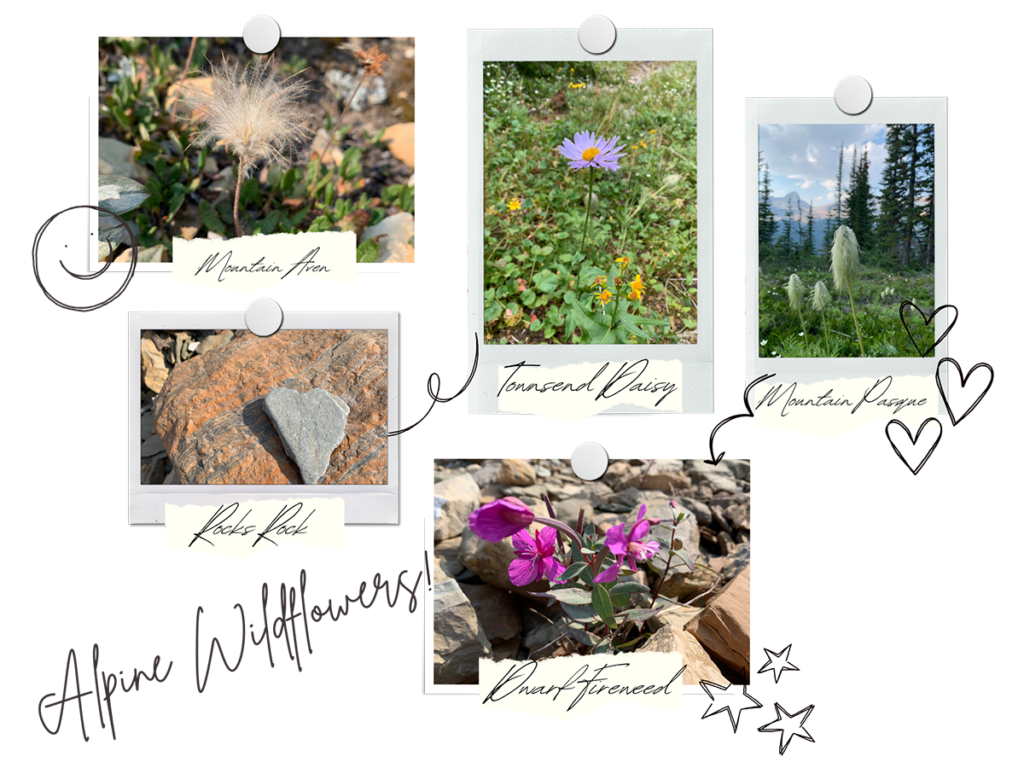Get to Know Canada’s Yoho National Park:
Yoho National Park in British Columbia is probably the most awe-inspiring place I’ve ever hiked through. In fact, the word Yoho is a Cree word meaning “awe and wonder”. It’s the perfect name for this park!
Let’s dive into the history of this amazing place!

Indigenous History and Present Day:
Before the establishment of Yoho National Park, there were diverse communities of Indigenous peoples who thrived here, each deeply rooted in the land with unique cultures and connections.
Today, the park resides within the ancestral domains of the Ktunaxa, Stoney Nakoda, and Secwepemc nations, who historically used the land and it’s waters for hunting, fishing, gathering and trade. The Ktunaxa utilized Kicking Horse Pass as a vital route to the plains to hunt bison, while the Secwepemc established numerous trails throughout the Rocky Mountains. We still in use these trails today, either as trails or roads!
However, the arrival of European settlers and the Canadian Pacific Railway inflicted profound challenges on Indigenous communities, altering their traditional lifestyles and land rights. Although initially established without Indigenous consultation, today, Parks Canada collaborates closely with the Ktunaxa and Secwepemc to manage Yoho and neighboring national parks. Learn more here.
Establishing Yoho National Park:
Prior to becoming an established national park, Yoho was first known as Mount Stephen Reserve. Officially established on October 10, 1886, Yoho National Park shares its inception date with Glacier National Park, marking a pivotal moment in Canadian conservation history. This joint establishment aimed to safeguard the breathtaking landscapes and natural wonders of the Rocky Mountains.
Since its founding, Yoho has welcomed a diverse array of visitors, including explorers, scientists, and artists captivated by its majestic peaks, thundering waterfalls, and serene alpine lakes. From its earliest days, Yoho National Park has drawn adventurers seeking solace in its pristine wilderness, ensuring its enduring legacy as a haven for nature enthusiasts and travelers alike.
However, the park’s early establishment was marred by another dark chapter in Canadian history. During World War I, the Canadian government utilized forced labor from internment camps to construct infrastructure within the park and on the Canadian Pacific Railway. Thousands of individuals, primarily of Ukrainian and other Eastern European descent, were unjustly interned in these camps, enduring harsh conditions and exploitation. Despite the contributions of forced labor to the park’s development, this period serves as a somber reminder of the injustices faced by marginalized communities in Canada’s past.
Hotels and Tea Houses in Yoho National Park:
Yoho National Park once boasted its own grand hotel, the ‘Yoho Valley House’ or ‘Yoho Hotel,’ constructed by the Canadian Pacific Railway in 1899 near Takakkaw Falls. This luxurious accommodation offered visitors a chance to immerse themselves in the breathtaking scenery of the Canadian Rockies. However, the hotel’s existence was short-lived, as it succumbed to fire in 1900, just a year after completion!
You can no longer visit the Yoho Valley House, but you can pay a visit to the Twin Falls Tea House National Historic Site.

Nerd Out on Nature in Yoho National Park:
Yoho National Park’s rugged terrain has tons of glaciers, including the iconic Emerald Glacier and Wapta Icefield, which have played a major role over the span of a millennia in sculpting Yoho’s towering mountain peaks and carving out it’s lush valleys.
Among the park’s 28 (possibly more!) named mountain peaks are Mount Goodsir, Mount Stephen, and Mount Burgess, each offering panoramic views and thrilling adventures that you can see while hiking! Check out hiking trails like the Iceline Trail, the Mount Stephen Trail, and the Burgess Shale Fossil Beds to get some stunning mountain views!
When I hiked the Iceline Trail in mid-summer I was gifted with spotting lots of wildflowers such as Dwarf Fireweed, Mountain Pasqueflower, Western Paintbrush and Mountain Avens (to name a few!). We also spotted the elusive Pika!
I definitely recommend bringing a plant identification book and binoculars on your adventures here!
